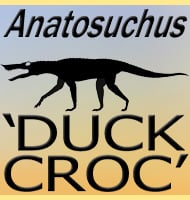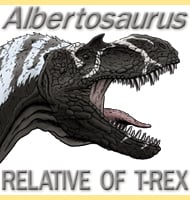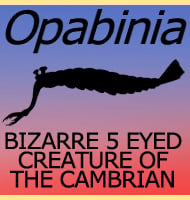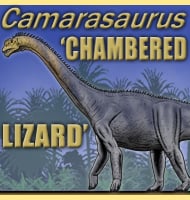In Depth
Vegavis is a close relative of modern ducks and geese, but probably not a direct ancestor. Still, the discovery of Vegavis was still a very important and exciting discovery for those interested in the evolution of birds, as it is a clear sign that by at least the end of the Maastrichtian period of the Cretaceous, birds resembling some modern forms were already living alongside the dinosaurs.
Further Reading
- Definitive fossil evidence for the extant avian radiation in the Cretaceous. - Nature, 433: 305-308. - J. A. Clarke, C. P. Tambussi, J. I. Noriega, G. M. Erickson & R. A. Ketcham - 2005. – Fossil evidence of the avian vocal organ from the Mesozoic. – Nature. 538 (7626): 502–505. – J. A. Clarke, S. Chatterjee, Z. Li, T. Riede, F. Agnolin, F. Goller, M. P./ Isasi, D. R. Martinioni, F. J. Mussel & F. E. Novas – 2016. – On the taxonomic composition and phylogenetic affinities of the recently proposed clade Vegaviidae Agnol�n et al., 2017 ‒ neornithine birds from the Upper Cretaceous of the Southern Hemisphere. – Cretaceous Research, 86:178-185. – Gerald Mayr, Vanesa L.De Pietri, R. Paul Scofield, Trevor H. Worthy – 2018. – Bone microstructure of Vegavis IAAI (Aves, Anseriformes) from the Upper Cretaceous of Vega Island, Antarctic Peninsula. – Historical Biology. 31 (2): 163–167. – Jordi Alexis Garcia, Federico L. Agnol�n & Fernando Novas – 2019.









